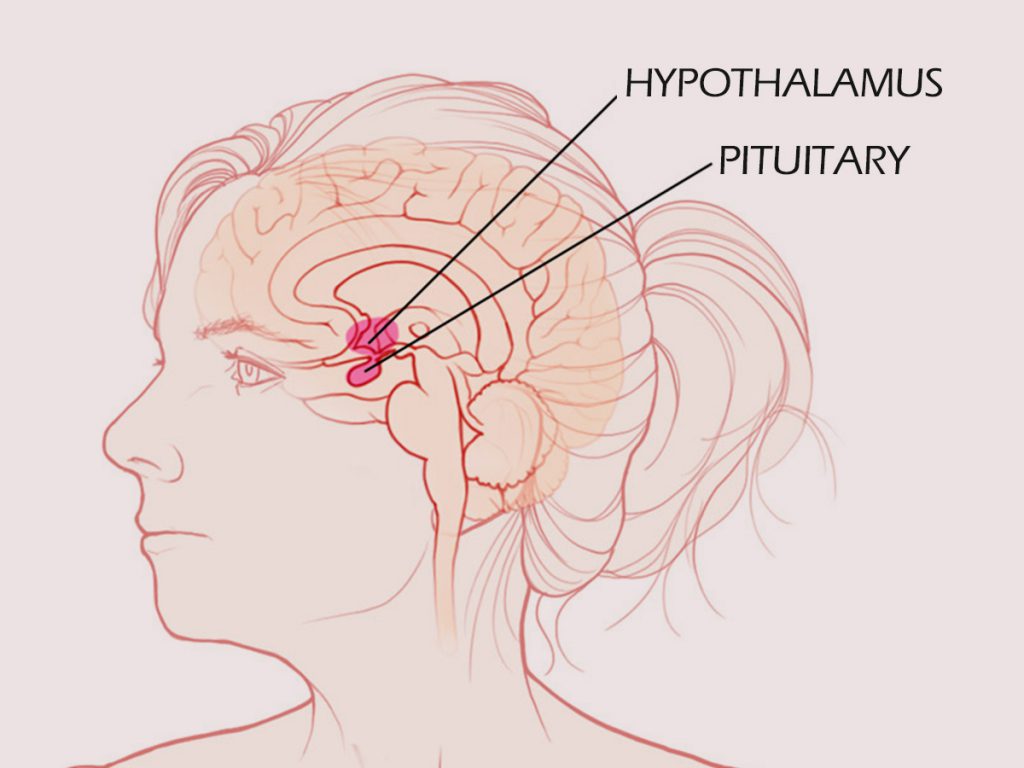The secretion of milk from the breast (lactation) not due to childbirth or nursing is known as galactorrhoea. The milk may be secreted spontaneously or expressed and the volume of milk may be large or small.

This inappropriate lactation occurs usually in women, even in those who never had a child or after menopause (that is when periods stop around age 50). This condition can occur in infants (babies under 1 year) and as well as in men and is not a disease by itself but could be a sign of underlying problems.
Causes of Galactorrhoea

Galactorrhoea is often caused by an increase in the level of Prolactin, the hormone that stimulates milk production. Other factors may include:
- Disorders of the pituitary gland (pituitary and hypothalamus are glands in the brain that secrete hormones).
- Excessive stimulation of the breasts
- Birth control pills
- Side effects of medication such as antidepressants, high blood pressure drugs, certain sedatives etc.
- Herbal supplements such as fenugreek seeds and fennel
- Chronic kidney disease
- Spinal cord surgery, injury or tumours
- Hypothyroidism (underactive thyroid)
- Nerve damage to the chest wall due to burns or surgery
- Use of marijuana or cocaine
However, in some cases, the cause of galactorrhoea is not known.
Symptoms of Galactorrhoea
One or both breasts may be affected with galactorrhoea. The symptoms may include:
- Persistent milky discharge from the nipple
- Nipple discharge involving multiple milk ducts
- Headache
- Problem with vision
- Irregular or absent menstrual period
When to See A Doctor
If you are not expecting or breastfeeding and experiencing continuous milky discharge from your nipple or experiencing the above-mentioned symptoms, it is important that you visit a doctor. Experiencing non-milky nipple discharge such as clear, yellow or bloody discharge, requires immediate medical attention as it could be a sign of an underlying medical condition.
To find this, your doctor may do some of these tests:
- A physical exam to check for breast lumps or any other suspicious factors.
- A blood test to check the prolactin level in your body.
- Analysis of the discharged fluid to check if fat droplets are present.
- A pregnancy test to exclude that pregnancy could be the possible cause of the milk secretion.
- If any lump or suspicious appearance or lesion is found in your breast during the physical exam, mammography, ultrasound scan of the breasts or both will be performed to obtain the images of the lump.
- MRI (Magnetic Resonance Imaging) of the brain to check for tumour or any other abnormality with the pituitary gland.
Based on the results, your doctor will provide you with the necessary treatment.
Galactorrhoea in Infants and Men
Galactorrhoea in newborn babies occurs sometimes when the high estrogen level pass through the placenta into the baby’s blood. Due to this, enlargement in the breast tissue of the baby may occur which is associated with the milky discharge. In case of men, deficiency of testosterone hormone is associated with galactorrhoea due to which the breasts may enlarge or become tender.
